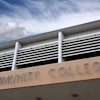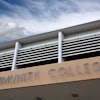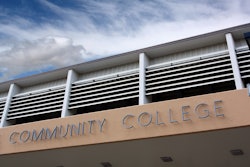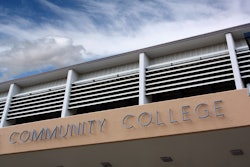WASHINGTON – In an effort to build research and policy support for the adult post-secondary education sector, the Educational Testing Service (ETS) highlighted the critical role adult education plays in preparing the U.S. workforce and in elevating overall education attainment levels of Americans during the organization’s annual Addressing Achievement Gaps symposium. This year’s symposium was entitled “Advancing Learning for Our Diverse Adult Population.”
“With the right policies, practices, and partnerships we can make a dent in that audacious goal that President Obama set recently,” said Dr. Shirley Robinson Pippins, senior vice president of the American Council on Education, referring to the administration’s goal of the U.S. becoming the nation with the world’s highest rate of college graduates by the year 2020.
In a recent survey of American adult literacy, about half of adults performed below the level needed to navigate today’s complex society, according to statistics from the Organization for Economic Cooperation and Development. Increasingly, today’s jobs demand the advanced skills afforded by higher education, but projections show literacy and numeracy levels decreasing, according to symposium speakers.
“Access is necessary but not sufficient; for many, finances are a big problem,” Pippins told more than 200 symposium attendees at the National Press Club in downtown Washington. “If you aren’t educated, you are less likely to be employed, more likely to get lower wages, and less likely to get financial aid.”
By 2018, Pippins noted, about 63 percent of jobs will require a college degree. In the economic downturn, hundreds of higher education institutions saw enrollment increases in response to workforce demands for better educated workers.
Connecting the labor market to education has traditionally fallen to community colleges and private for-profit schools, but symposium speakers called for greater commitment from four-year degree-granting institutions and the federal government to increase support of nontraditional students.
Panels focused on examining current programs, analyzing adult learning patterns, and elucidating new approaches to graduating more of these students—particularly those between the ages of 18 and 34 who never received a high school diploma.















